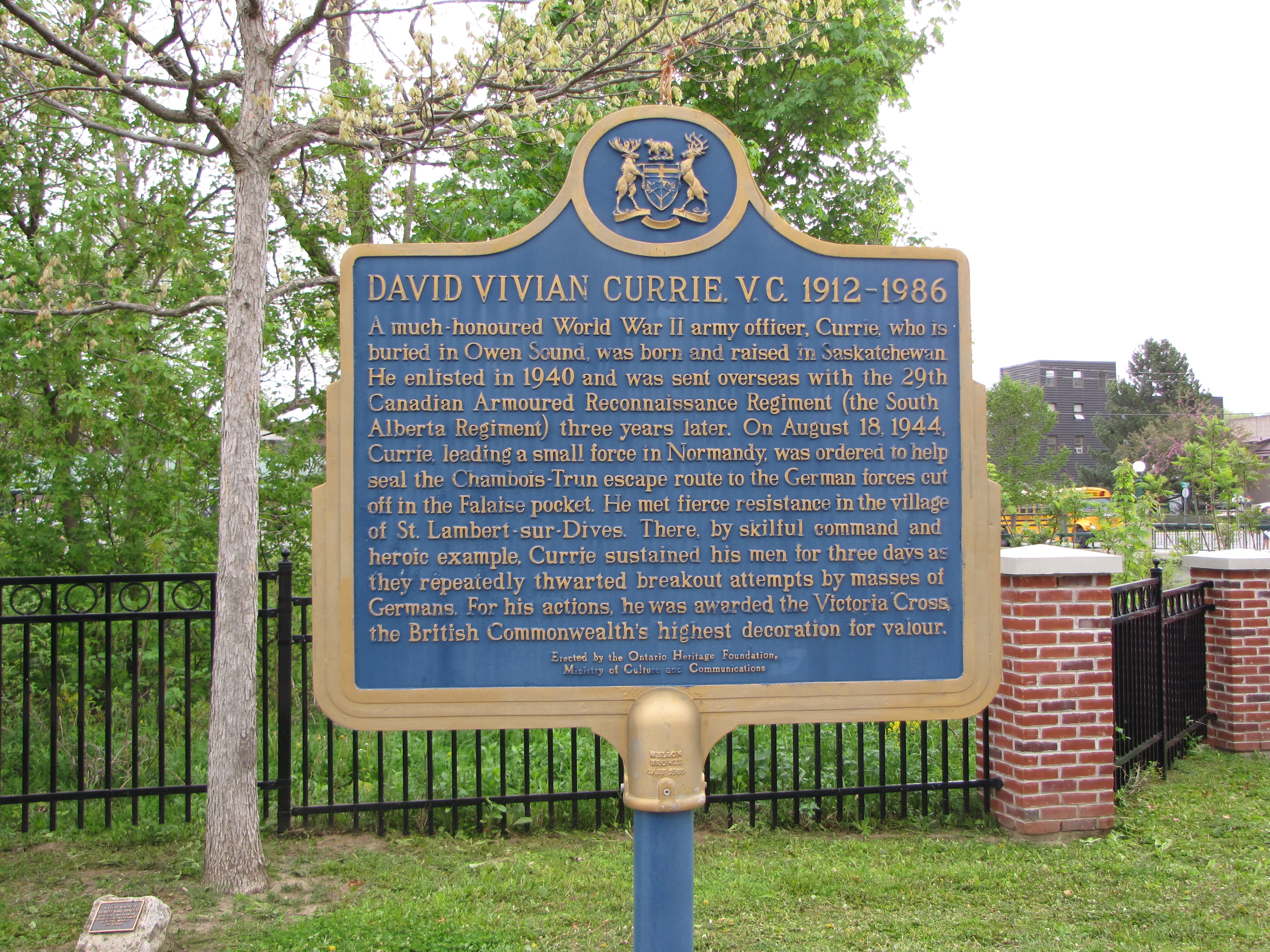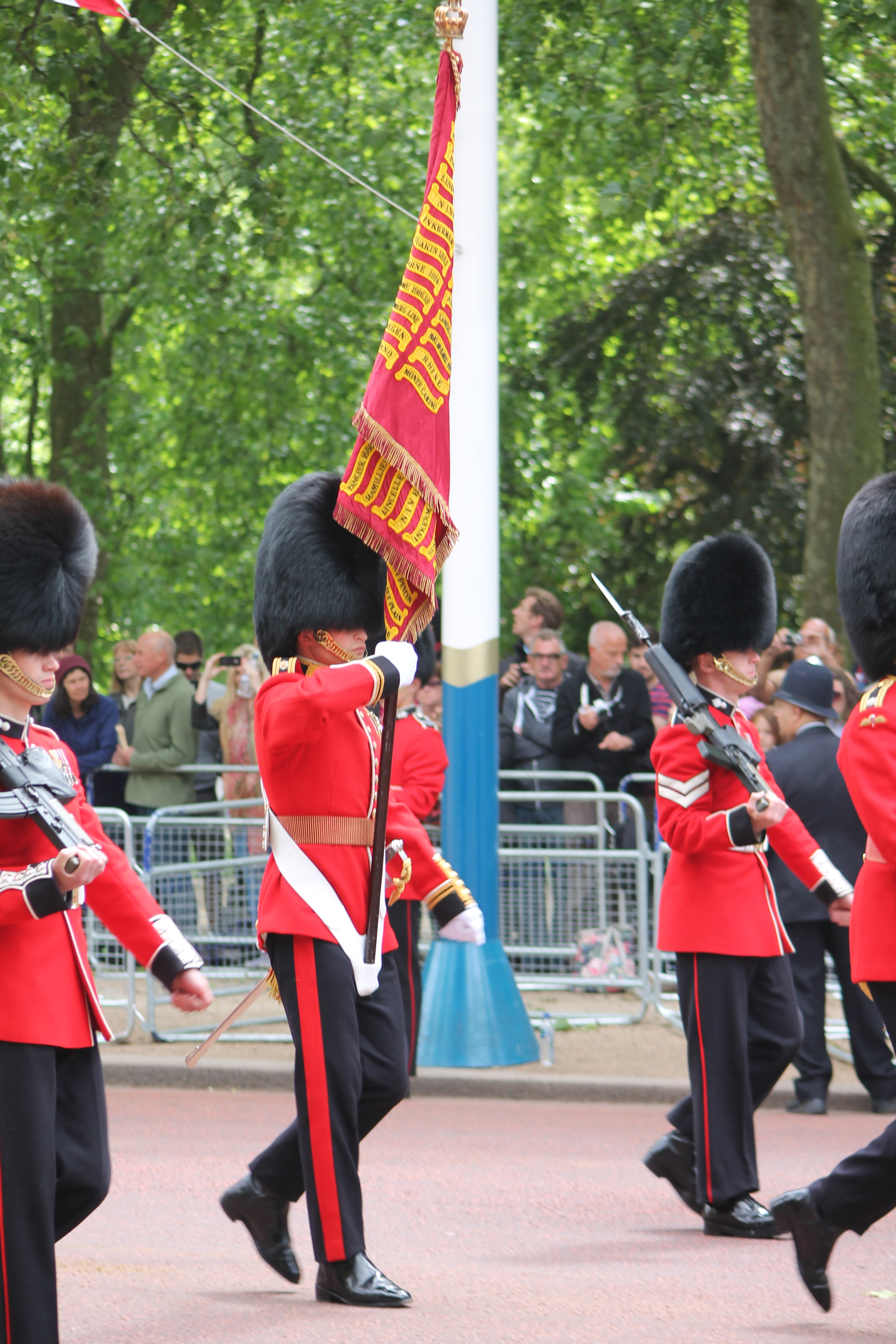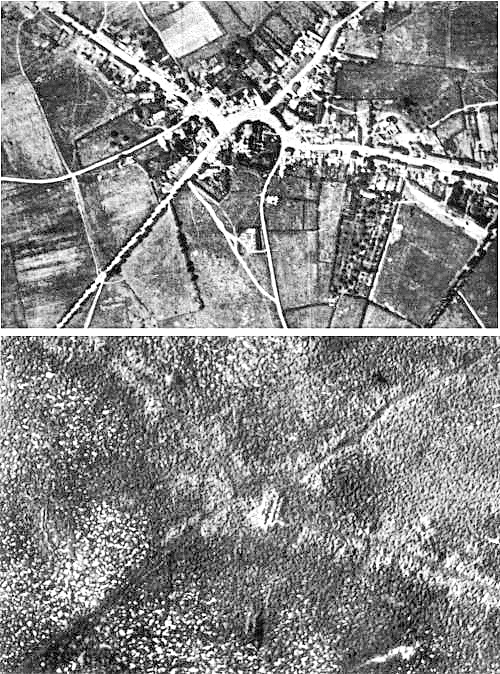|
Thomas William Holmes
Thomas William Holmes VC (14 October 1898 – 4 January 1950) was a soldier in the Canadian Expeditionary Force, and was a Canadian recipient of the Victoria Cross, the highest and most prestigious award for gallantry in the face of the enemy that can be awarded to British and Commonwealth forces, during the First World War. Holmes is the youngest Canadian to ever win the Victoria Cross. Early life Although Holmes was born in Montreal, Quebec, his family was from Owen Sound, Ontario. His father's work had taken them to Montreal; however, they returned to Owen Sound when Tommy was about six years old. During his last year of school, he worked for the butcher J.R. Boyd, and just before enlisting Holmes was working on the farm of Templeton Day at nearby Annan, Ontario. World War I On 20 December 1915, No. 838301 Tommy Holmes enlisted as a private soldier in the 147th (Grey) Battalion, CEF, at Owen Sound in Grey County. The 147th Battalion was raised by the Grey Regiment, which ... [...More Info...] [...Related Items...] OR: [Wikipedia] [Google] [Baidu] |
Owen Sound, Ontario
Owen Sound ( 2021 Census population 21,612) is a city in Southwestern Ontario, Canada. The county seat of Grey County, it is located at the mouths of the Pottawatomi and Sydenham Rivers on an inlet of Georgian Bay. The primary tourist attractions are the many waterfalls within a short drive of the town. History The area around the upper Great Lakes has been home to the Ojibwe people since prehistory. In 1815, William Fitzwilliam Owen surveyed the area and named the inlet after his older brother Admiral Edward Owen. The name of the area in Ojibwe language is ''Gchi-wiigwedong''. A settlement called "Sydenham" was established in 1840 or 1841 by Charles Rankin in an area that had been inhabited by First Nations people. John Telfer settled here at that time and others followed. By 1846, the population was 150 and a sawmill and gristmill were operating. The name Sydenham continued even as the community became the seat for Grey County in 1852. An Ontario historical plaque explain ... [...More Info...] [...Related Items...] OR: [Wikipedia] [Google] [Baidu] |
CFB Borden
Canadian Forces Base Borden (also CFB Borden, French: Base des Forces canadiennes Borden or BFC Borden), formerly RCAF Station Borden, is a large Canadian Forces base located in Ontario. The historic birthplace of the Royal Canadian Air Force, CFB Borden is home to the largest training wing in the Canadian Armed Forces. The base is run by Canadian Forces Support Training Group (CFSTG) and reports to the Canadian Defence Academy (CDA) in Kingston. History At the height of the First World War, the Borden Military Camp opened at a location on a glacial moraine west of Barrie in 1916 to train units for the Canadian Expeditionary Force. It was named for Sir Frederick William Borden, former Minister of Militia. In May 1916, the Barrie and Collingwood companies of the 157th Battalion (Simcoe Foresters), CEF (perpetuated today by The Grey and Simcoe Foresters), under the command of Lieutenant-Colonel D.H. MacLaren, began construction of the camp. Camp Borden was selected in 1917 for a ... [...More Info...] [...Related Items...] OR: [Wikipedia] [Google] [Baidu] |
Thomas Holmes Plaque
Thomas may refer to: People * List of people with given name Thomas * Thomas (name) * Thomas (surname) * Saint Thomas (other) * Thomas Aquinas (1225–1274) Italian Dominican friar, philosopher, and Doctor of the Church * Thomas the Apostle * Thomas (bishop of the East Angles) (fl. 640s–650s), medieval Bishop of the East Angles * Thomas (Archdeacon of Barnstaple) (fl. 1203), Archdeacon of Barnstaple * Thomas, Count of Perche (1195–1217), Count of Perche * Thomas (bishop of Finland) (1248), first known Bishop of Finland * Thomas, Earl of Mar (1330–1377), 14th-century Earl, Aberdeen, Scotland Geography Places in the United States * Thomas, Illinois * Thomas, Indiana * Thomas, Oklahoma * Thomas, Oregon * Thomas, South Dakota * Thomas, Virginia * Thomas, Washington * Thomas, West Virginia * Thomas County (other) * Thomas Township (other) Elsewhere * Thomas Glacier (Greenland) Arts, entertainment, and media * ''Thomas'' (Burton novel) 1969 novel ... [...More Info...] [...Related Items...] OR: [Wikipedia] [Google] [Baidu] |
David Vivian Currie
David Vivian Currie, (July 8, 1912 – June 20, 1986) was a Canadians, Canadian recipient of the Victoria Cross, the highest award for gallantry in the face of the enemy that can be awarded to British and Commonwealth of Nations, Commonwealth forces. Early life Currie was born in Sutherland, Saskatchewan, the only son and eldest child of David Henry Currie and his wife Mable Brimble. The elder Currie worked as an engineer for the Canadian Pacific Railroad. From 1913 to 1939 the family lived in Moose Jaw, Saskatchewan. D.V. Currie was educated at King George Public School, the Central Collegiate and Moose Jaw Technical School. He was trained as an automobile mechanic and welder. Military service In 1939 he joined the militia, before joining the Regular Army the following year. He was commissioned as a lieutenant shortly afterwards, before being promoted to Captain (land), captain in 1941. By 1944 he had reached the rank of major. Currie was awarded the Victoria Cross for his a ... [...More Info...] [...Related Items...] OR: [Wikipedia] [Google] [Baidu] |
Billy Bishop
Air Marshal William Avery Bishop, (8 February 1894 – 11 September 1956) was a Canadian flying ace A flying ace, fighter ace or air ace is a military aviator credited with shooting down five or more enemy aircraft during aerial combat. The exact number of aerial victories required to officially qualify as an ace is varied, but is usually co ... of the First World War. He was officially credited with 72 victories, making him the top Canadian and British Empire ace of the war, and also received a Victoria Cross. During the World War II, Second World War, Bishop was instrumental in setting up and promoting the British Commonwealth Air Training Plan. Early life William Avery Bishop (commonly called Billy Bishop to distinguish him from his father) was born in Owen Sound, Ontario, on 8 February 1894, blond, blue-eyed, and weighing 11 pounds. He was the third of four children born to William Avery Bishop Sr. and Margaret Louisa (Green) Bishop. William Avery Bishop Sr. was ... [...More Info...] [...Related Items...] OR: [Wikipedia] [Google] [Baidu] |
The Grey And Simcoe Foresters
The Grey and Simcoe Foresters is a Primary Reserve infantry regiment of the Canadian Forces. Within the Canadian Army, it is part of the 4th Canadian Division's (formerly known as Land Force Central Area) 31 Canadian Brigade Group. Due to the restructuring of the British Army, The Worcestershire and Sherwood Foresters Regiment was amalgamated into The Mercian Regiment, as its 2nd Battalion (Worcesters and Foresters), leaving The Grey and Simcoe Foresters as the only remaining unit in the Commonwealth of Nations known to be distinctly designated as a regiment of ''Foresters''. Origin and Regimental Lineage While many regiments of fusiliers, grenadiers and highlanders may be found in the armies of the Commonwealth, only one regiment of foresters exist – The Grey and Simcoe Foresters of the Canadian Army. The Canadian Foresters have had a unique history that has lived up to its rural versatility and spirit. The Foresters have enjoyed one of the most diverse roles in the Canadian Arm ... [...More Info...] [...Related Items...] OR: [Wikipedia] [Google] [Baidu] |
Remembrance Day
Remembrance Day (also known as Poppy Day owing to the tradition of wearing a remembrance poppy) is a memorial day observed in Commonwealth member states since the end of the First World War to honour armed forces members who have died in the line of duty. Following a tradition inaugurated by King George V in 1919, the day is also marked by war remembrances in many non-Commonwealth countries. In most countries, Remembrance Day is observed on 11 November to recall the end of First World War hostilities. Hostilities formally ended "at the 11th hour of the 11th day of the 11th month" of 1918, in accordance with the armistice signed by representatives of Germany and the Entente between 5:12 and 5:20 that morning. ("At the 11th hour" refers to the ''passing'' of the 11th hour, or 11:00 am.) The First World War officially ended with the signing of the Treaty of Versailles on 28 June 1919. The tradition of Remembrance Day evolved out of Armistice Day. The initial Armist ... [...More Info...] [...Related Items...] OR: [Wikipedia] [Google] [Baidu] |
Walter Leigh Rayfield
Walter Leigh Rayfield (7 October 1881 – 19 February 1949) was a Canadian recipient of the Victoria Cross, the highest award for gallantry in the face of the enemy that can be awarded to British and Commonwealth forces. Rayfield was one of the seven Canadians to be awarded the Victoria Cross for their actions on one single day, 2 September 1918, for actions across the long Drocourt-Quéant Line near Arras, France. The other six were Bellenden Hutcheson, Arthur George Knight, William Henry Metcalf, Claude Joseph Patrick Nunney, Cyrus Wesley Peck and John Francis Young. Details Rayfield was 36 years old, and a private in the 7th (1st British Columbia) Battalion, Canadian Expeditionary Force during the First World War when the following deed took place for which he was awarded the VC. These events took place from 2–4 September 1918 during the operations east of Arras, France:Ahead of his company, he rushed a trench occupied by a large party of the enemy, personally bayo ... [...More Info...] [...Related Items...] OR: [Wikipedia] [Google] [Baidu] |
Colin Fraser Barron
Colin Fraser Barron (20 September 1893 – 15 August 1958) was a Canadian recipient of the Victoria Cross, the highest and most prestigious award for gallantry in the face of the enemy that can be awarded to British and Commonwealth forces. He was born at Boyndie, Banffshire, Scotland, a son of Margaret Walker Barron, a domestic servant. He was raised in a large household by his grandparents Joseph Barron & Mary (née Reid) Barron along with his brother Alexander Barron and many other half-siblings and aunts and uncles. He emigrated to Canada in 1910, and enlisted in the Canadian Expeditionary Force in 1914. Barron was 24 years old, and a Corporal in the 3rd (Toronto) Battalion, CEF during the First World War when he was awarded the Victoria Cross. On 6 November 1917 at the Second Battle of Passchendaele, Belgium, when his unit was held up by three machine-guns, Corporal Barron opened fire on them at point-blank range, rushed the guns, killed four of the crew and captured the re ... [...More Info...] [...Related Items...] OR: [Wikipedia] [Google] [Baidu] |
Henry Howey Robson
Henry Howey Robson VC (18 February 1894 – 4 March 1964) was an English recipient of the Victoria Cross, the highest and most prestigious award for gallantry in the face of the enemy that can be awarded to British and Commonwealth forces. Robson was 20 years old, and a private in the Second Battalion, The Royal Scots (The Lothian Regiment), British Army during World War I when the following deed took place for which he was awarded the Cross. On 14 December 1914 near Kemmel, Flanders/Belgium, during an attack on a German position, Private Robson left his trench under very heavy fire and rescued a wounded NCO. Subsequently, during another attack, he tried to bring a second wounded man into cover, while exposed to heavy fire. In this attack he was wounded almost at once, but persevered in his efforts until wounded a second time. His Victoria Cross is now displayed at the Royal Scots Museum in the Edinburgh Castle of Scotland. Robson moved to Canada in 1923 (after selling his ... [...More Info...] [...Related Items...] OR: [Wikipedia] [Google] [Baidu] |
Colours, Standards And Guidons
In military organizations, the practice of carrying colours (or colors), standards, flags, or guidons, both to act as a rallying point for troops and to mark the location of the commander, is thought to have originated in Ancient Egypt some 5,000 years ago. The Roman Empire also made battle Vexillum, standards a part of their vast armies. It was formalized in the armies of Europe in the High Middle Ages, with standards being emblazoned with the commander's coat of arms. General use As armies became trained and adopted set formations, each regiment's ability to keep its formation was potentially critical to its, and therefore its army's, success. In the chaos of battle, not least due to the amount of dust and smoke on a battlefield, soldiers needed to be able to determine where their regiment was. Regimental flags are generally awarded to a regiment by a head of state during a ceremony. They were therefore treated with reverence as they represented the honour and traditi ... [...More Info...] [...Related Items...] OR: [Wikipedia] [Google] [Baidu] |
Passendale
Passendale () or Passchendaele (; obsolete spelling, retained in English; vls, Passchendoale) is a rural Belgian village in the Zonnebeke municipality of West Flanders province. It is close to the town of Ypres, situated on the hill ridge separating the historical wetlands of the Yser and Leie valleys. It is also commonly known as a battlefield and the name of a campaign during World War I, the Battle of Passchendaele. History Early history In the pre-Roman and Roman times the area of the town was located along the border between the Menapii and Morini Belgic tribes of northern Gaul and later the border between the bishoprics of Tournai and Thérouanne. The town is first recorded in 844 as Pascandale, and may be named after an individual by the name of Paulus or Pasko. In the Middle Ages, most of the region was ruled by the Augustine abbey of Zonnebeke and the Benedictine convent of Nonnebossen. Both the abbey and the convent were destroyed during an iconoclasm (''Beeldenstorm ... [...More Info...] [...Related Items...] OR: [Wikipedia] [Google] [Baidu] |






